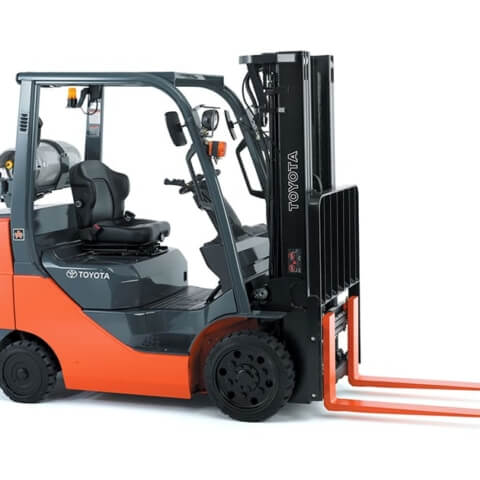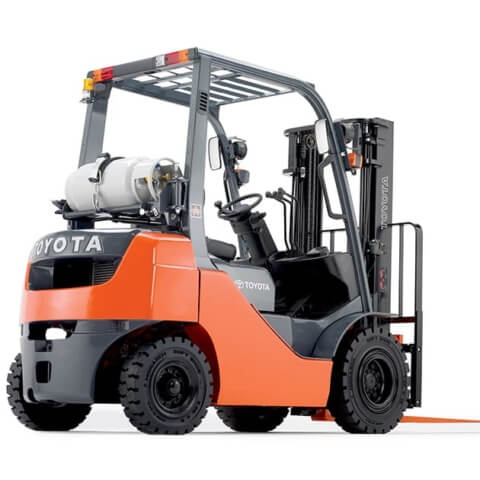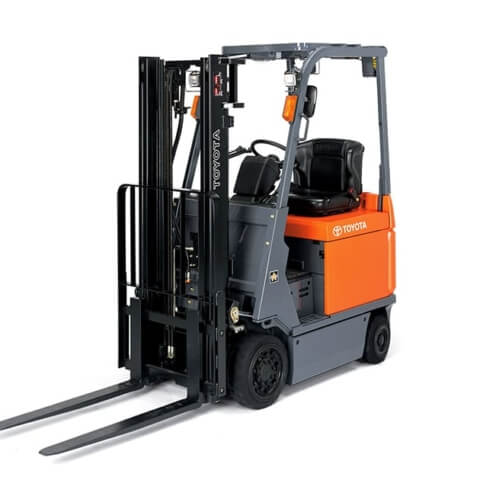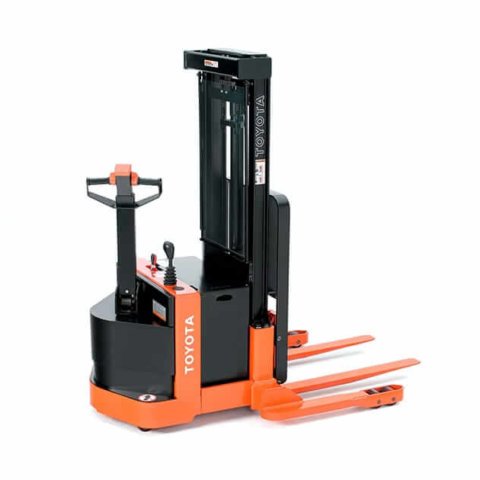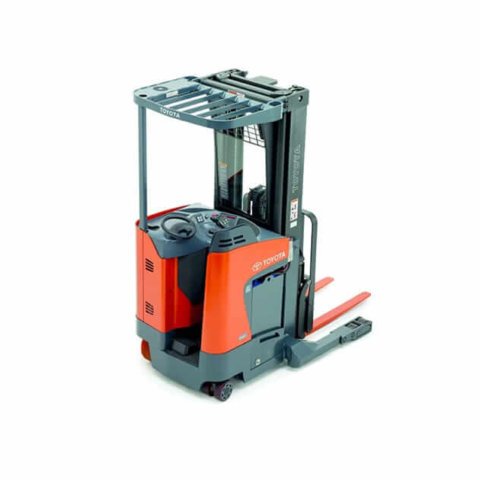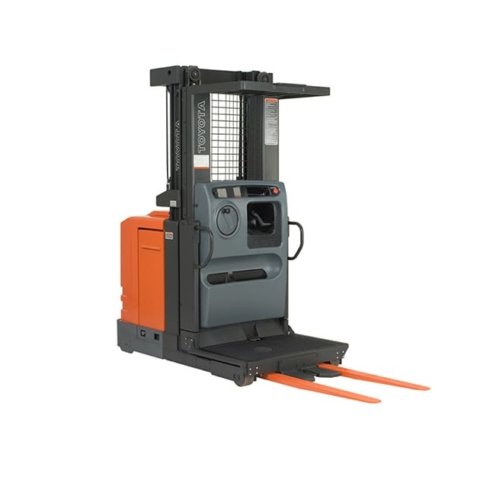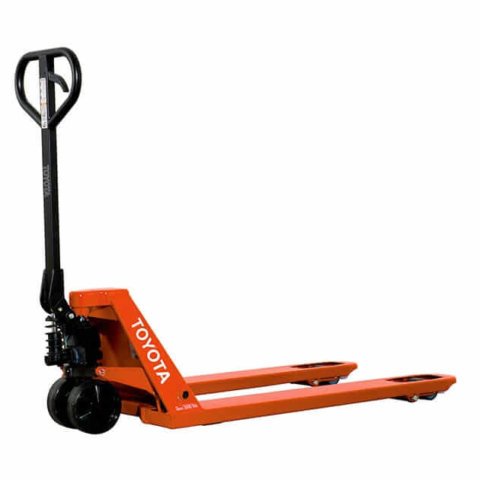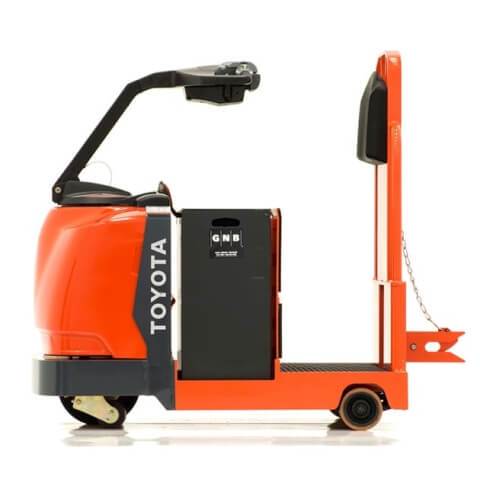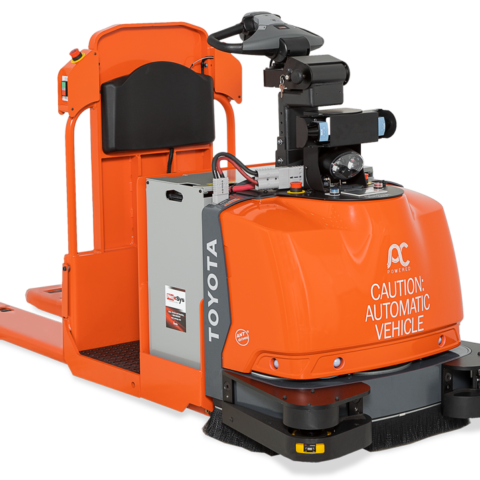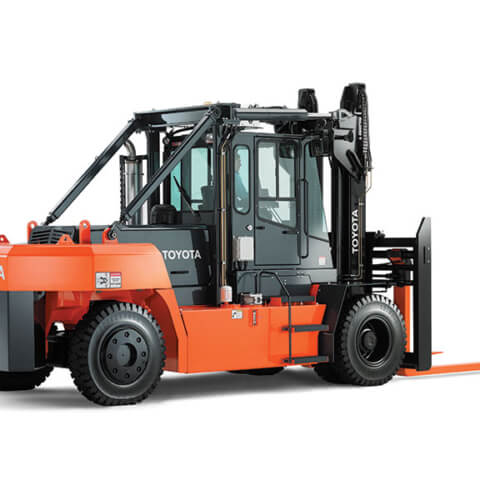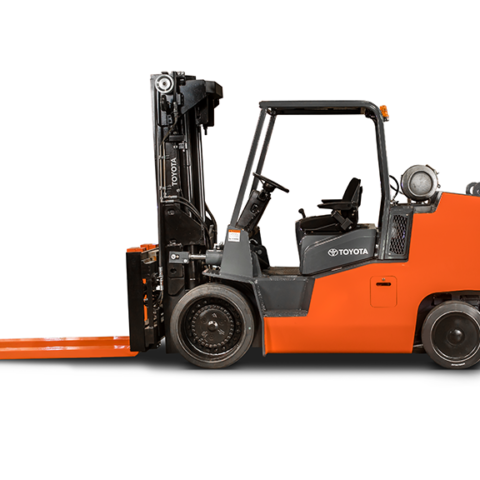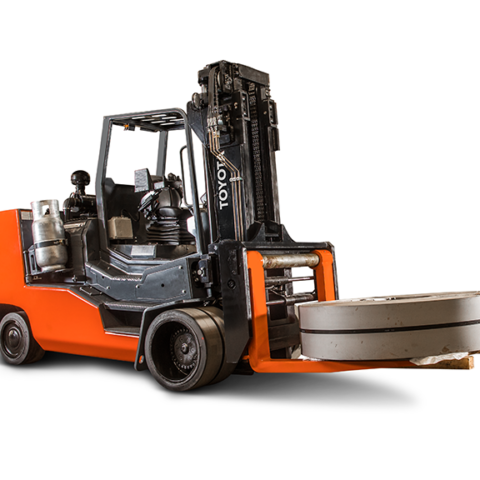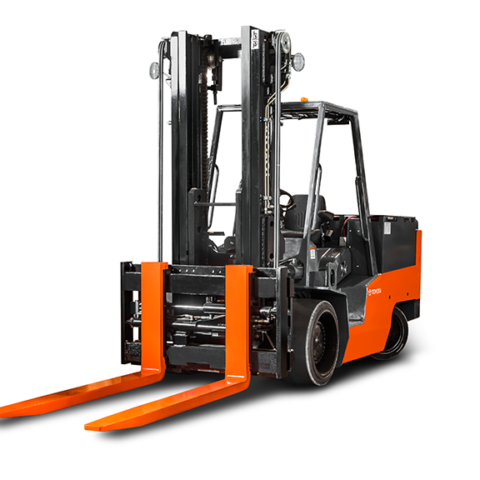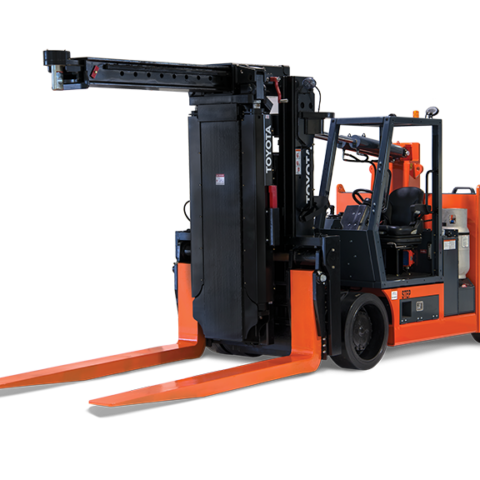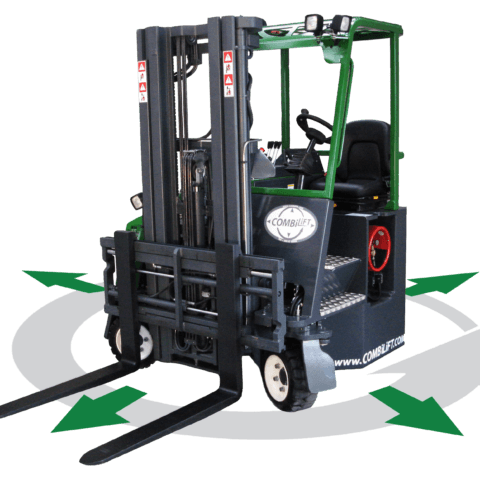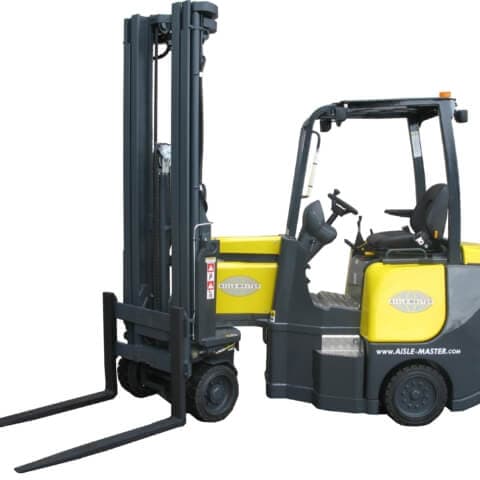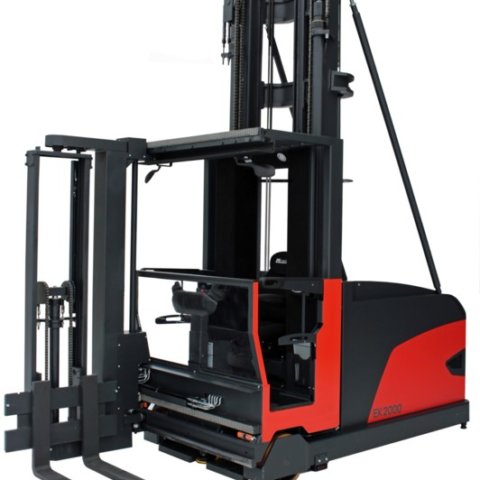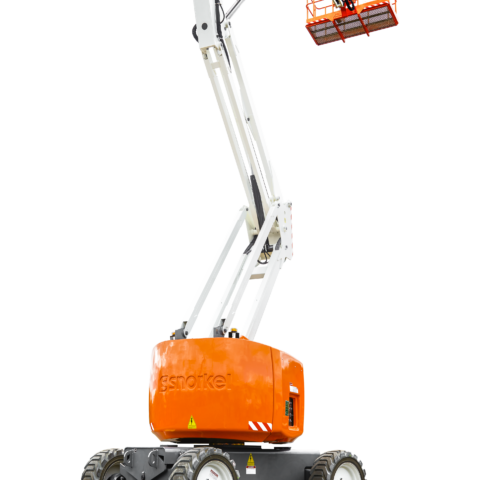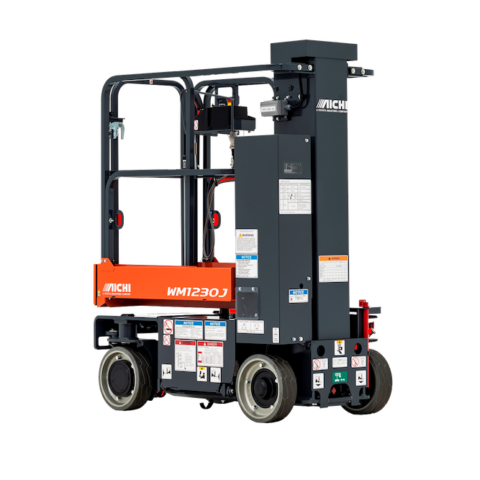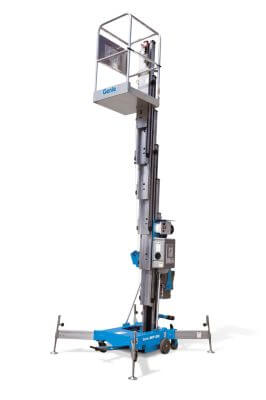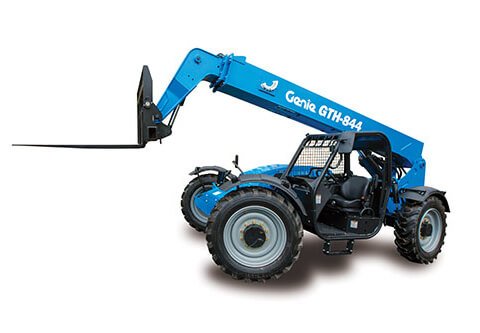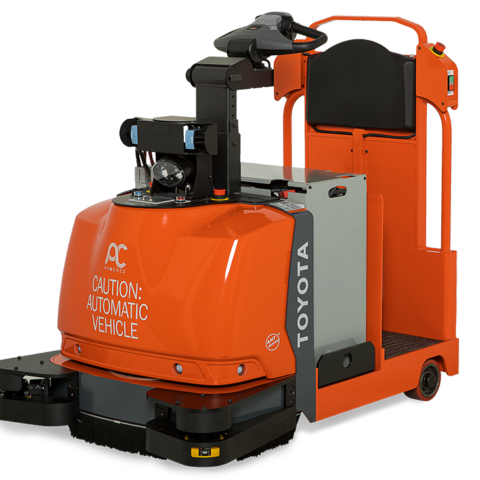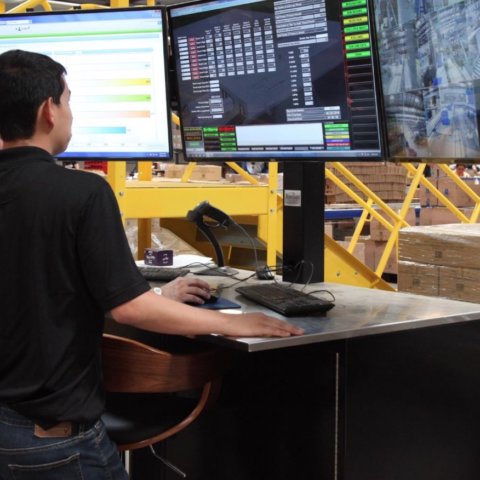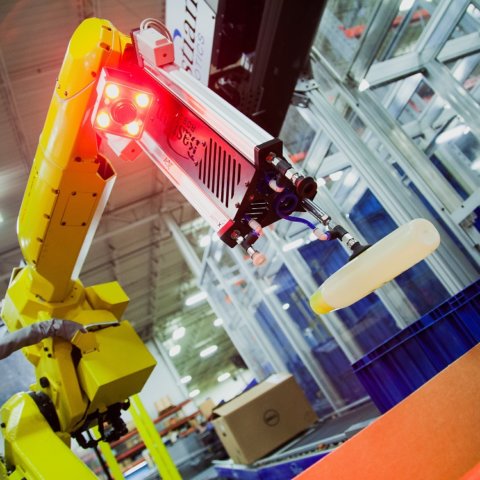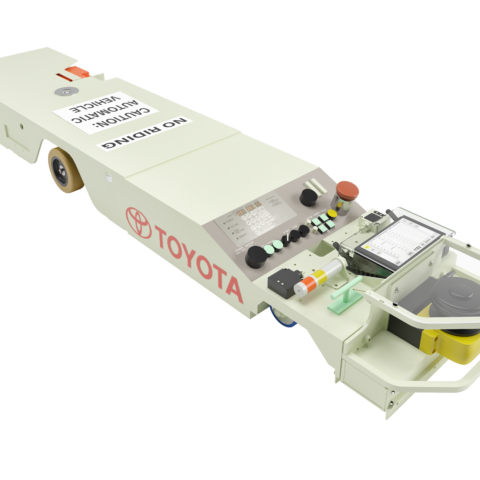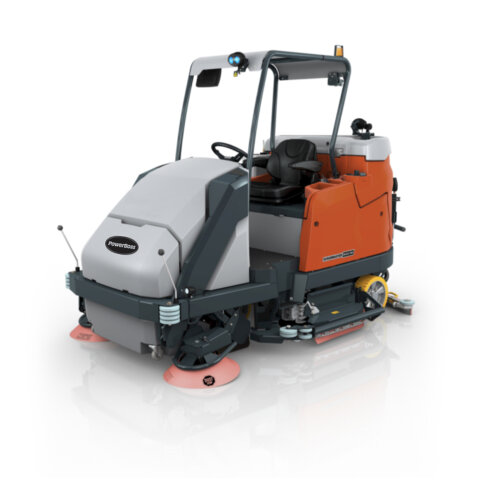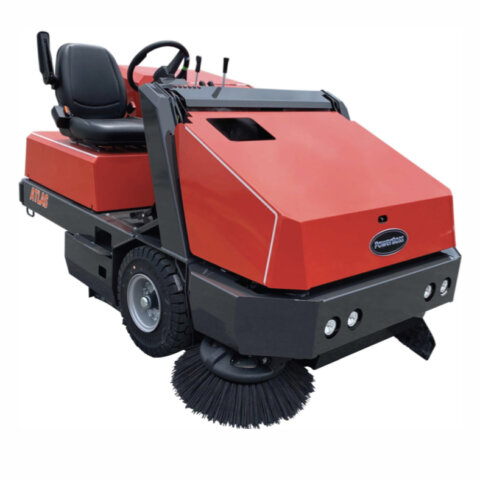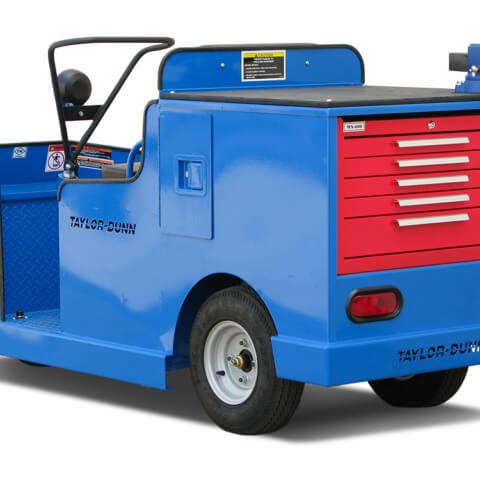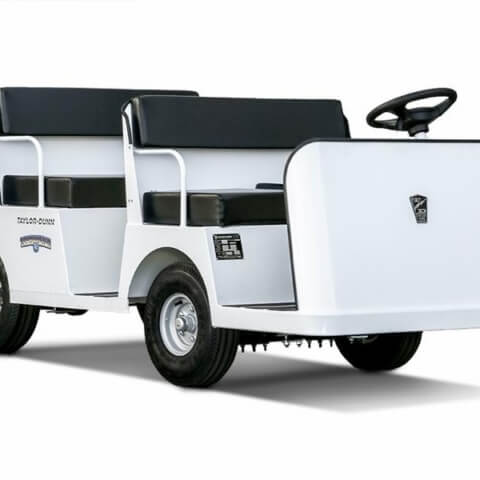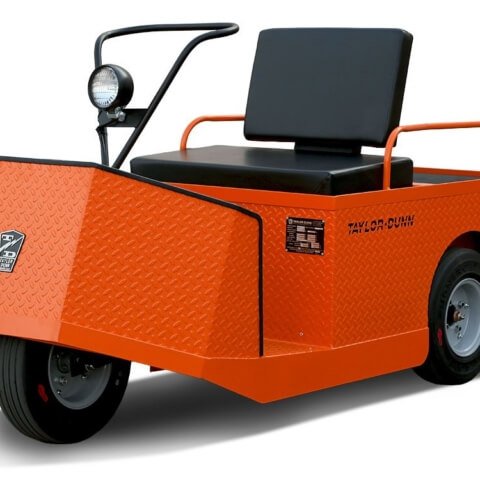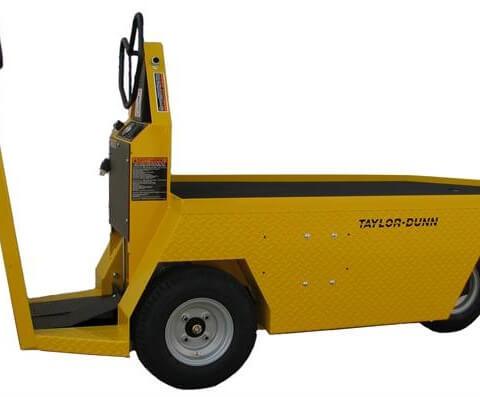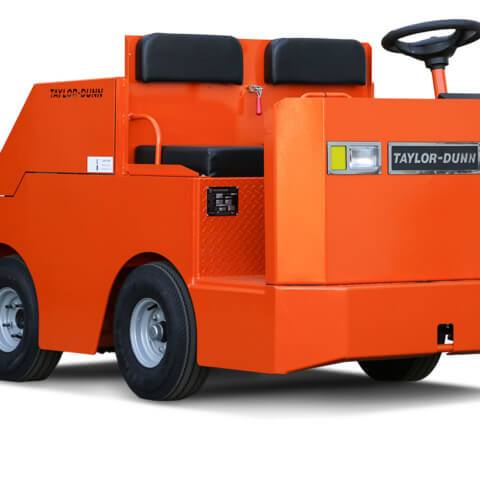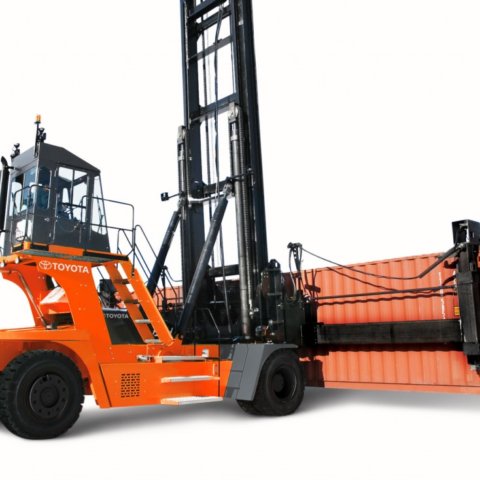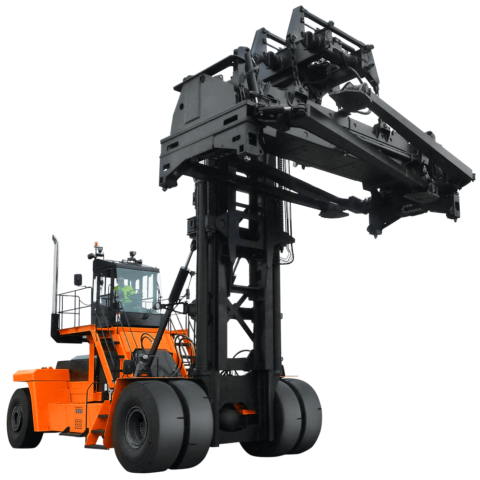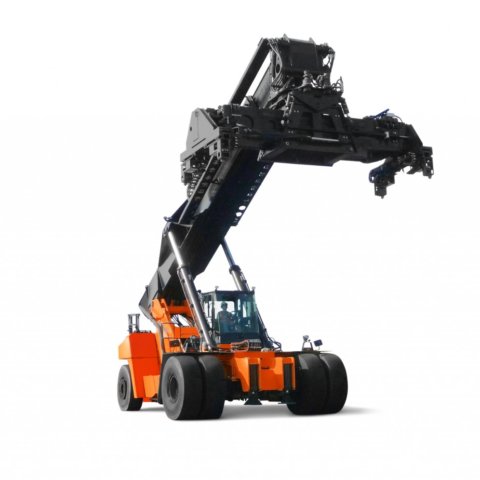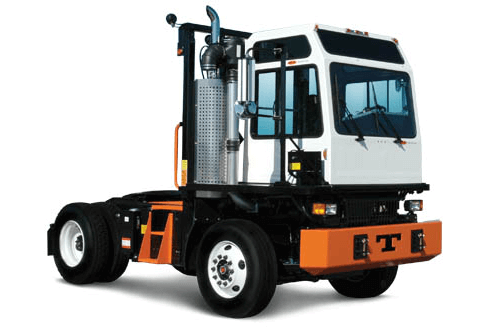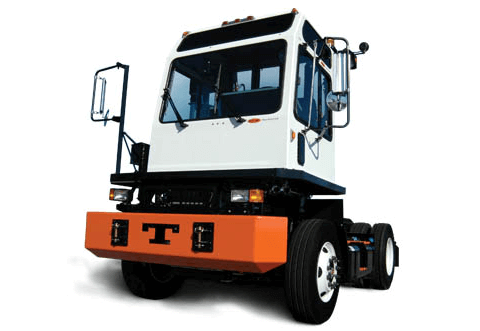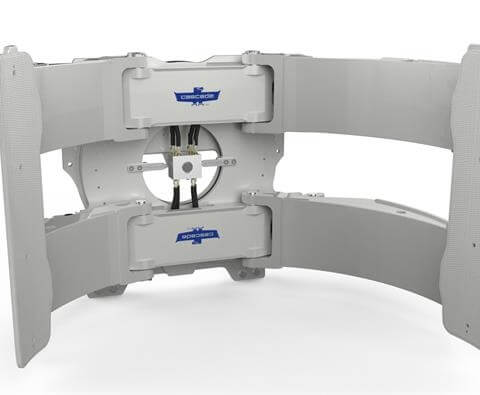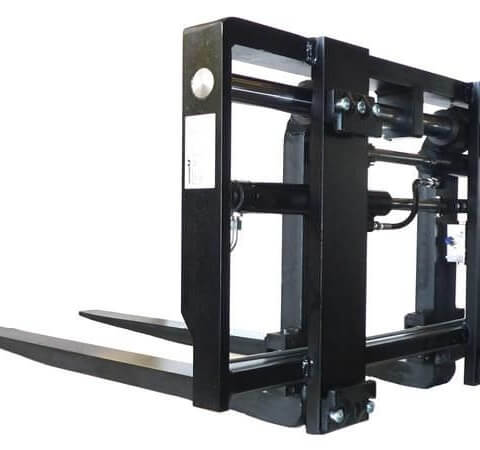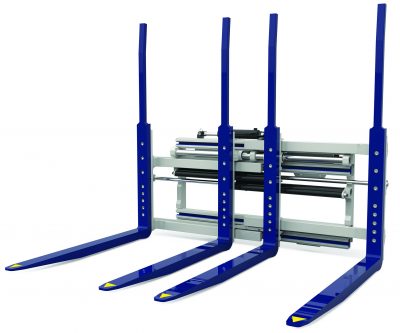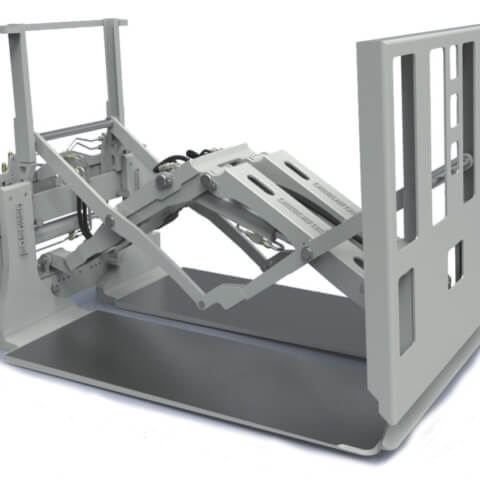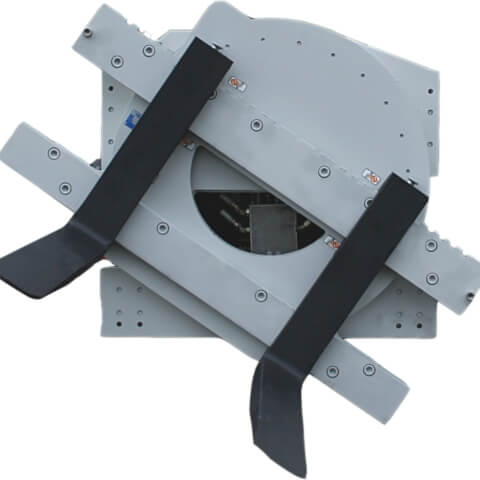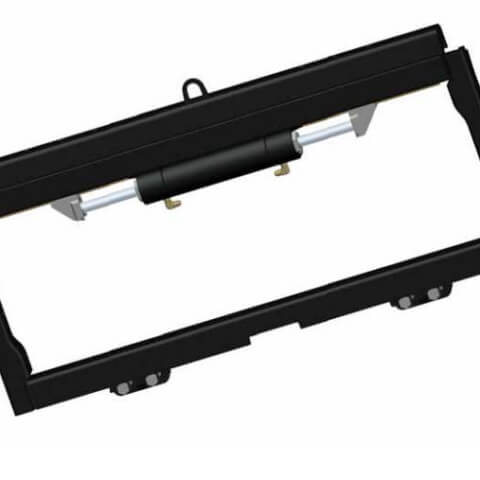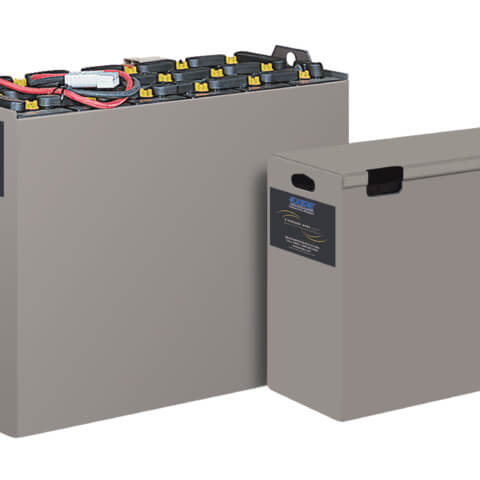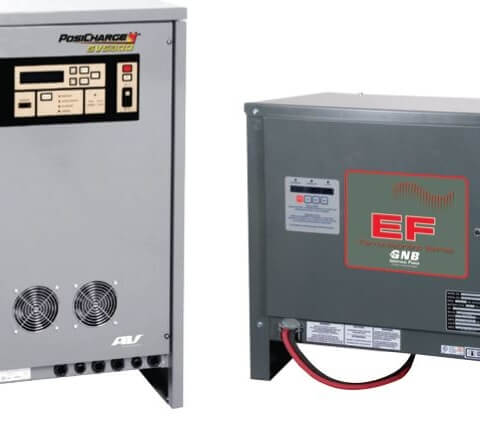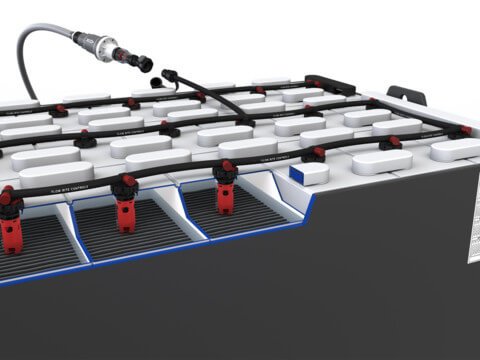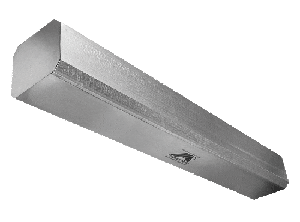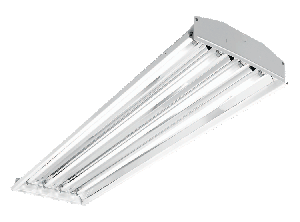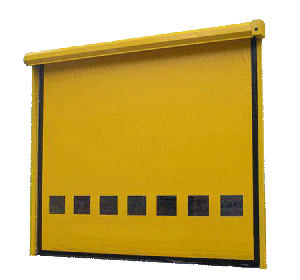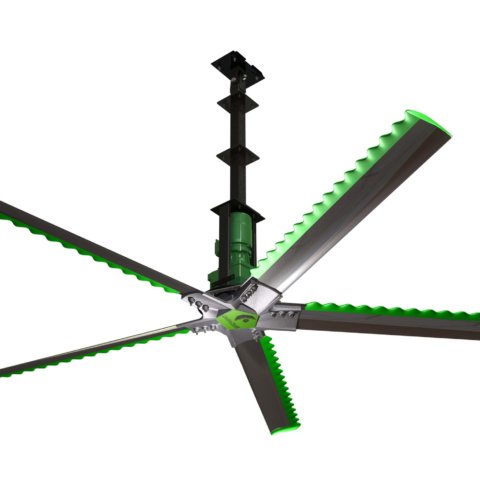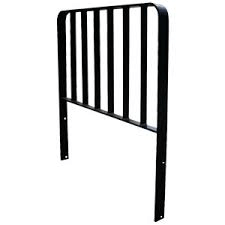
Have your forklift operators been trained per OSHA guidelines? Speak to our safety specialist about training options! SCHEDULE TRAINING
The forklift load backrest can be the highest point of the forklift. Trailer tops, rack systems, lights, HVAC, sprinkler systems and other overhead obstructions come in contact with load backrests.
Can you remove the forklift load backrest?
If an object above the forklift gets hit, do you blame the load backrest – or the operator? To put another spin on this question, if a co-worker said “I keep backing into things with the bumper on my pick-up truck”, would you suggest removing the bumper? Or would you mention to your co-worker that he or she needs to be more alert to hazards near the pick-up truck?
OSHA Requirements for Forklift Load Backrest
Removing the load backrest and reminding your forklift operators to be careful is not an accurate solution based on OSHA’s code of federal regulations.
OSHA CFR1910.178(e)(2)
Safety Guards: If the type of load presents a hazard, the user shall equip fork trucks with a vertical load backrest extension.
OSHA CFR1910.178(m)(10)
Truck Operations: A load backrest extension shall be used whenever necessary to minimize the possibility of the load or part of it from falling rearward.
OSHA CFR1910.178(q)(6)
Maintenance of Industrial Trucks: Industrial trucks shall not be altered – either by the addition of extra parts – or by the elimination of any parts.
Instead the answer is a conditional “yes”. All loads handled by the forklift and the facility it operates within must meet one of the requirements below:
- All loads do not go higher than the top of the forks.
- All loads are one piece, shrink wrapped, banded or crated.
- No loads in the facility are stacked or racked higher than the operator’s head that does not meet the load requirements above. Forklifts with the load backrest removed must be restricted to handling only loads meeting the requirements above or is restricted to a specific area of the facility that does not contain any loads presenting a hazard.
Provide a Safe Environment for Forklift Operators
Forklift manufacturers offer various heights for the load backrest. When selecting a forklift, research the warehouse application and the heights of loads to purchase load backrests that meet rather than exceed the requirements. The proper load backrest will provide protection for the forklift operator while reducing the possibility of product and facility damage.
Other solutions include shrink wrapping or banding the loads and restricting a forklift with a removed load backrest to specific areas (i.e. the dock for loading and unloading trailers).
Concerned about forklift safety at your facility? ProLift supports customers with forklift, aerial and skid steer training. Contact our safety specialist to schedule a class!

